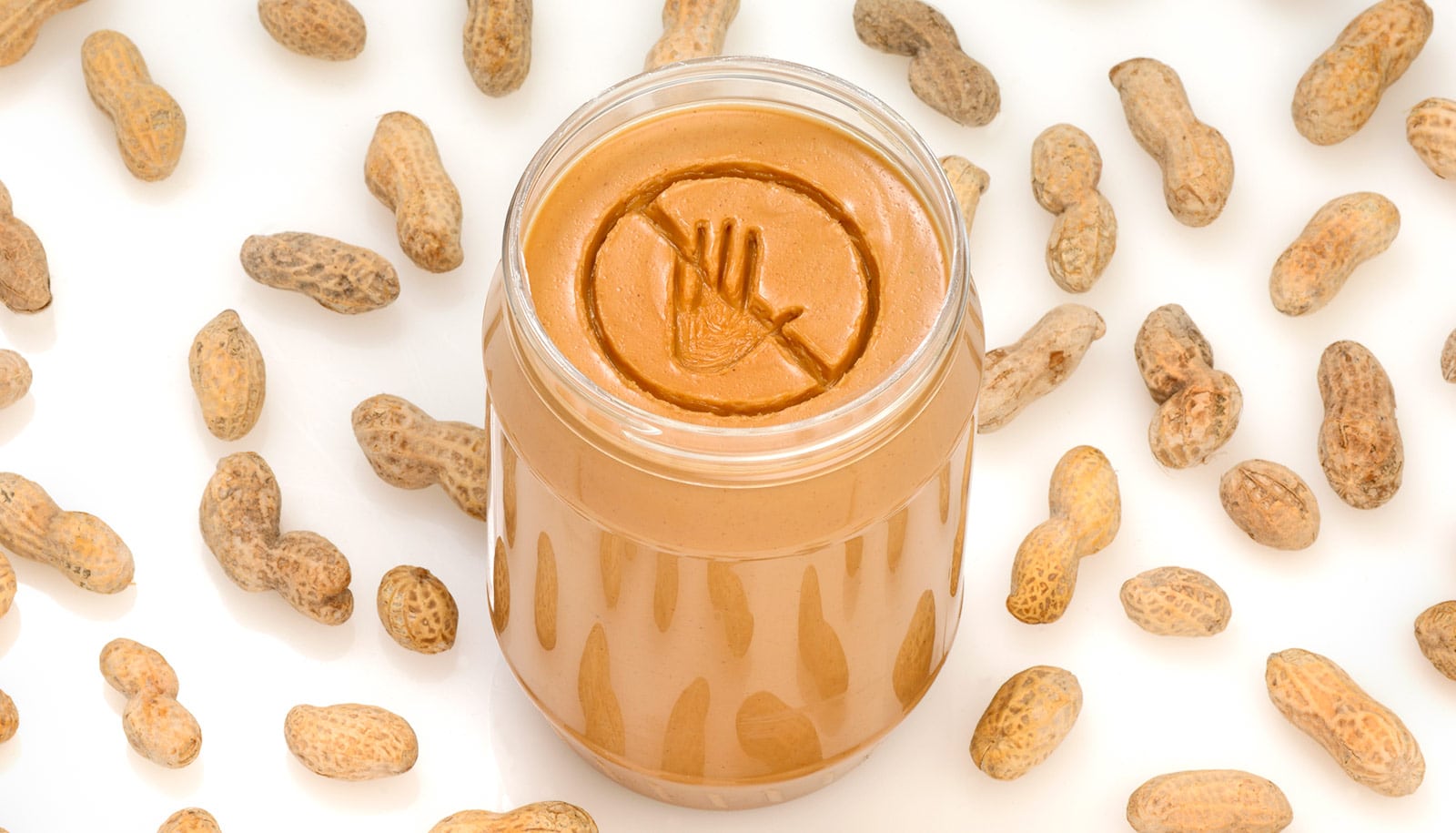Researchers have inhibited the ability of mice to build and store fat.
Genetically deleting the enzyme NAMPT in fat tissue of mice renders them completely resistant to becoming overweight or obese, even on a very fatty diet, they found.
We are our own worst enemy when it comes to developing obesity, researchers say. The body is naturally geared to assimilate energy from the food we eat and store as fat until it is needed, the result of millions of years of evolution under the pressure of low food availability.
But today, when many of us have constant access to high calorie foods, our body’s impressive ability to convert food into fat has become problematic. Consequently, the number of overweight people worldwide is skyrocketing, leading to large health consequences for both individuals and society.
“We gave the mice a diet that more or less corresponds to continuously eating burgers and pizza. Still, it was impossible for them to expand their fat tissue. Our ultimate goal is that by understanding these fundamental underpinnings of how we become obese, we can apply our finding to the development of novel treatment strategies for metabolic disease,” says first author Karen Nørgaard Nielsen, a PhD student at the Novo Nordisk Foundation Center for Basic Metabolic Research.
The findings are in line with results obtained from humans. Several studies have shown that the presence of large amounts of the enzyme NAMPT in blood and in stomach fat tissue is significantly connected with being overweight or obese.
The new study, however, provides the first evidence that NAMPT is absolutely required to become overweight or obese and that lack of NAMPT in fat tissue fully protects against obesity.
Researchers compared how normal mice and mice lacking NAMPT in fat tissue gained weight when given either high-fat food or a healthier, lower-fat diet. When on the healthy diet, there was no difference in body weight or the amount of fat between the normal mice and the mice lacking NAMPT.
When the mice were given high-fat food, however, the control mice became very obese, yet the mice lacking NAMPT gained no more weight from high-fat food than when they were on the healthier diet. In addition, the mice lacking NAMPT maintained better control of blood glucose than normal mice when eating high-fat food.
The result challenges the general view of NAMPT, which many experts see as an enzyme that should be boosted for therapeutic purposes.
“NAMPT appears to increase the metabolic functionality of almost every tissue in the body in which it has been studied. For example, there are indications that the liver and skeletal muscle may benefit from increased NAMPT activity. We similarly find that NAMPT is critical for fat tissue function.
2 things in food mess up fat cells in just 24 hours
“Unfortunately, that function is efficiently storing fat. NAMPT in fat tissue was likely once an extraordinary benefit to our ancestors but in today’s society full of high-fat, calorically-dense foods, it may now pose a liability,” says Zachary Gerhart-Hines from the Novo Nordisk Foundation Center for Basic Metabolic Research and corresponding author of the study.
He doesn’t necessarily believe that generally decreasing NAMPT is a viable treatment strategy in humans. There would be too great a risk for potentially harmful consequences in other tissues of the body.
However, the findings may pave the way for more research into how NAMPT is linked to the storage of fat from the food we eat. By learning biologically how we become obese in the first place, Gerhart-Hines says he hopes it will eventually be possible to target one of the underlying mechanisms in humans to treat obesity and metabolic disease.
The researchers report their findings in the journal Molecular Metabolism.
Independent Research Fund Denmark and the European Research Council supported the study.
Source: University of Copenhagen



